30 Best Alien Illustration Ideas You Should Check
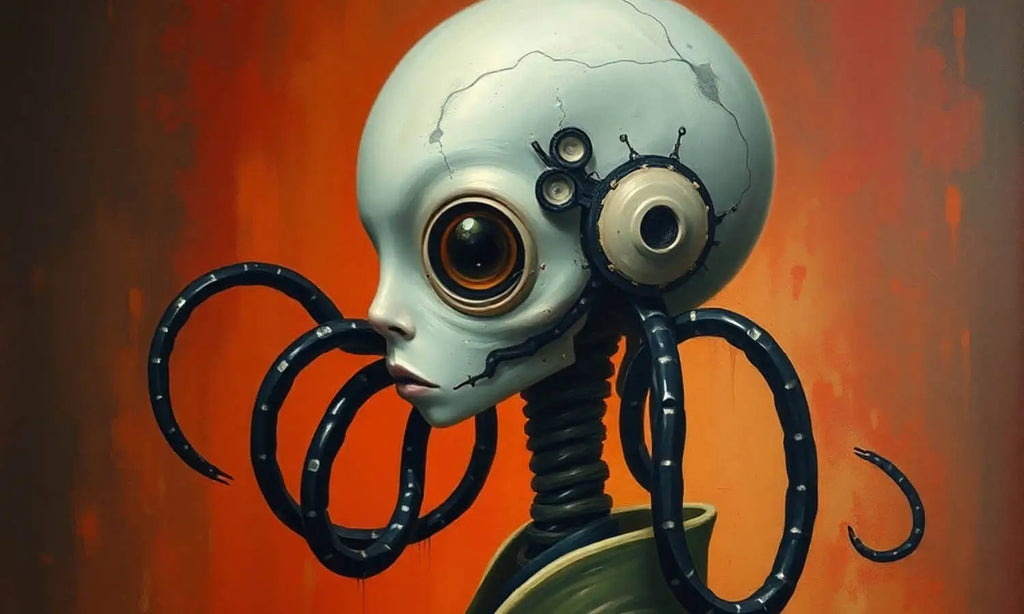
Source: Other, From a Other World, Behance, https://www.behance.net/gallery/220488569/From-a-other-World
Prepare to embark on a cosmic journey through the most imaginative and awe-inspiring alien illustrations in the galaxy! Alien illustrations offer a unique canvas for creativity, where the only limit is the vastness of space—and your imagination. Dive into a universe where bizarre creatures with tentacles, luminous eyes, and otherworldly colors reign supreme. From the darkest corners of a designer's mind to the playful, whimsical depictions that seem almost friendly, these illustrations push the boundaries of the known.
Every piece tells a story, whether it’s a silent, haunting encounter in the void or a vibrant, bustling alien marketplace. So, strap in and ready your pencils and tablets, as we explore the most captivating and creative alien illustrations that are sure to inspire your next artistic endeavor. It's not just about drawing; it's about crafting a portal to a universe wildly different yet strangely familiar.
Alien Illustration Ideas
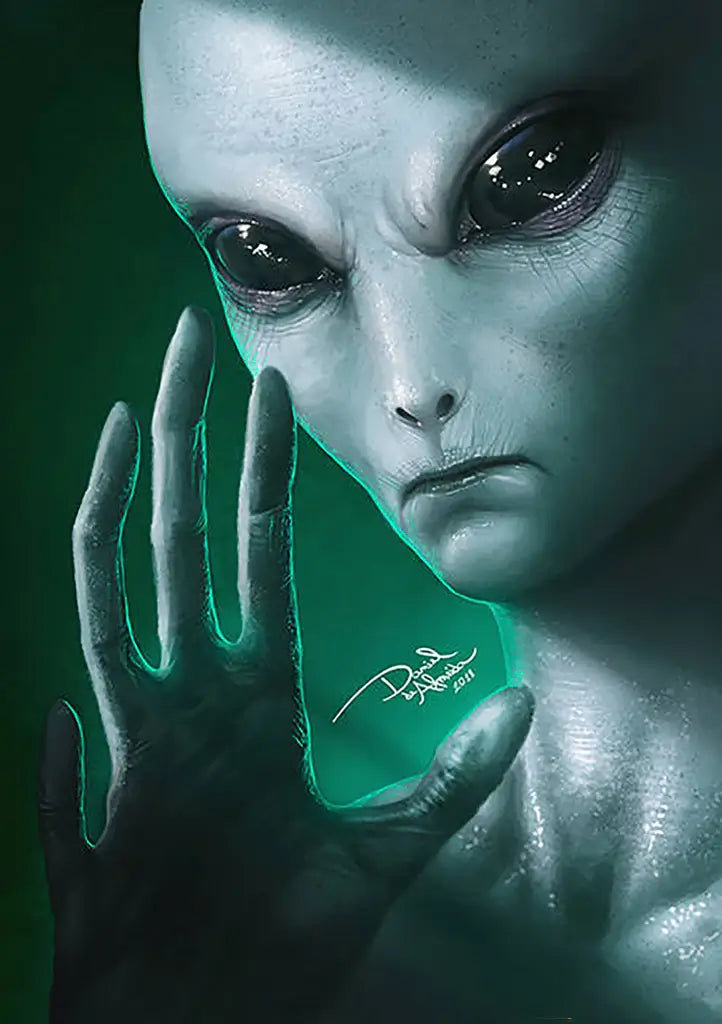
Source: Daniel-Morpheus, Phobia, DeviantArt, https://www.deviantart.com/daniel-morpheus/art/Phobia-784783946
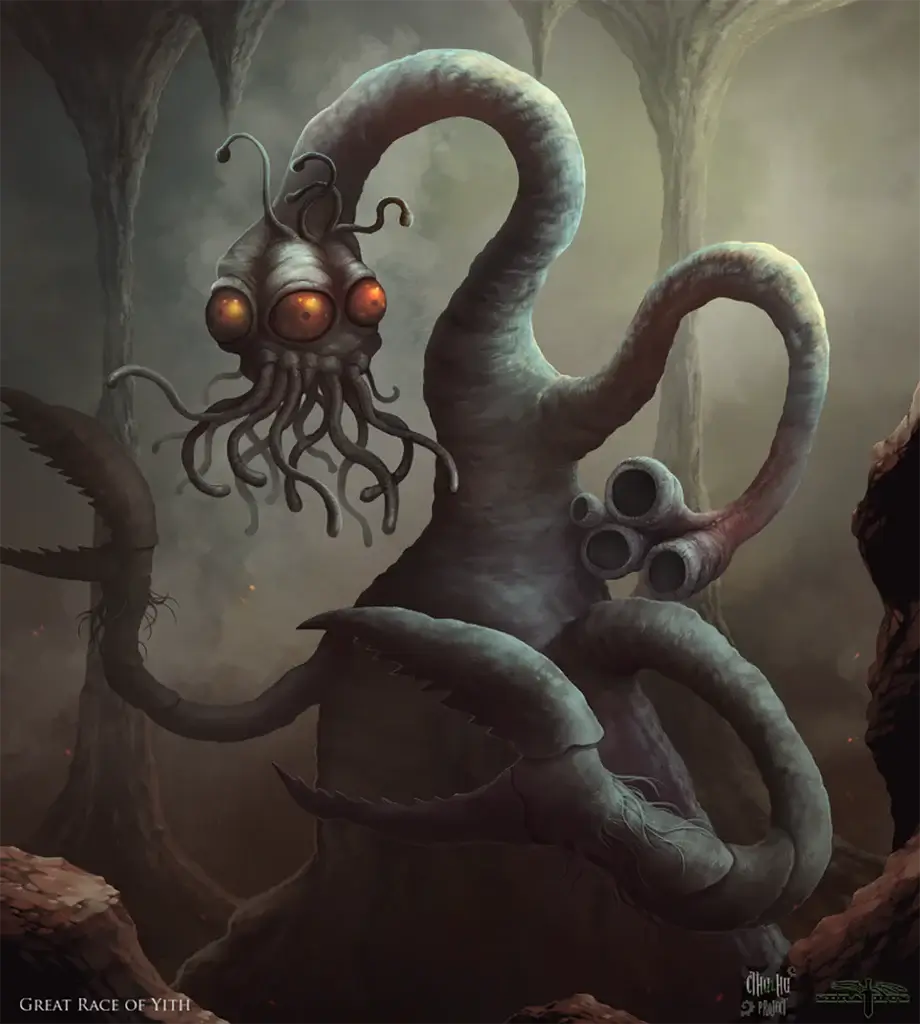
Source: Serathus, Cthulhu Project: Great Race of Yith, DeviantArt, https://www.deviantart.com/serathus/art/Cthulhu-Project-Great-Race-of-Yith-544922256

Source: Garciar, Lady K, DeviantArt, https://www.deviantart.com/garciar/art/Lady-K-865979798

Source: Thomas-Elliott-Art, Mutated Space Man, DeviantArt, https://www.deviantart.com/thomas-elliott-art/art/Mutated-Space-Man-906289628
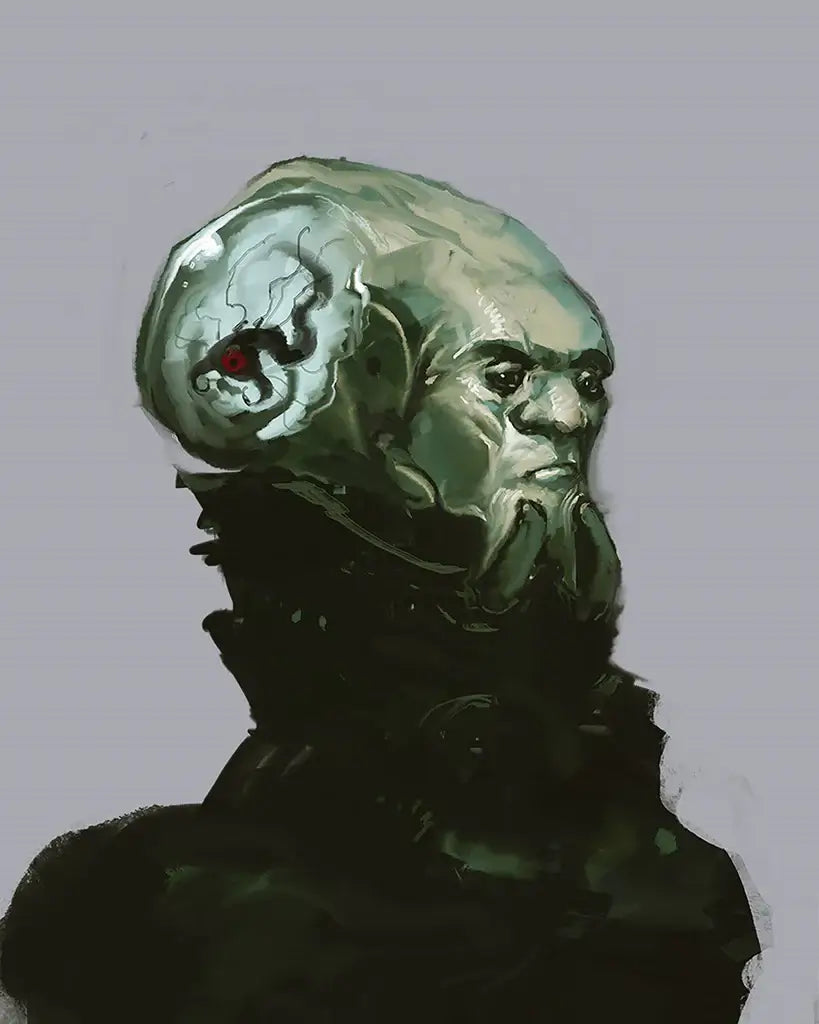
Source: Cobaltplasma, Parasite, DeviantArt, https://www.deviantart.com/cobaltplasma/art/Parasite-652817080
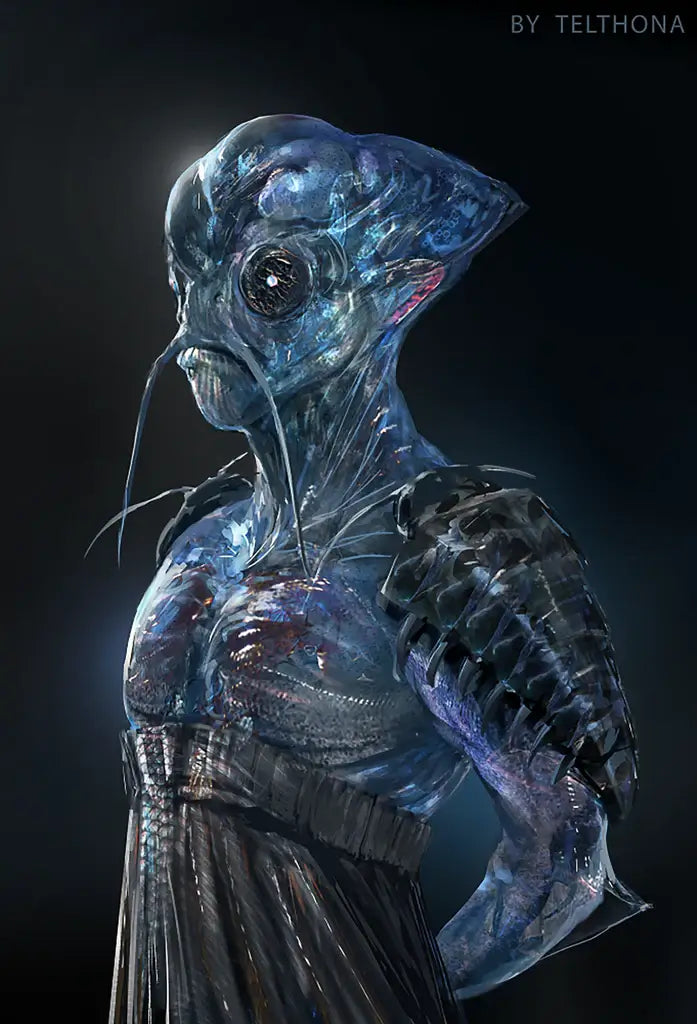
Source: Telthona, Fish Seller, DeviantArt, https://www.deviantart.com/telthona/art/Fish-Seller-655649776

Source: Satoruroom, Alien's Mastermind, DeviantArt, https://www.deviantart.com/satoruroom/art/Alien-s-Mastermind-930629867
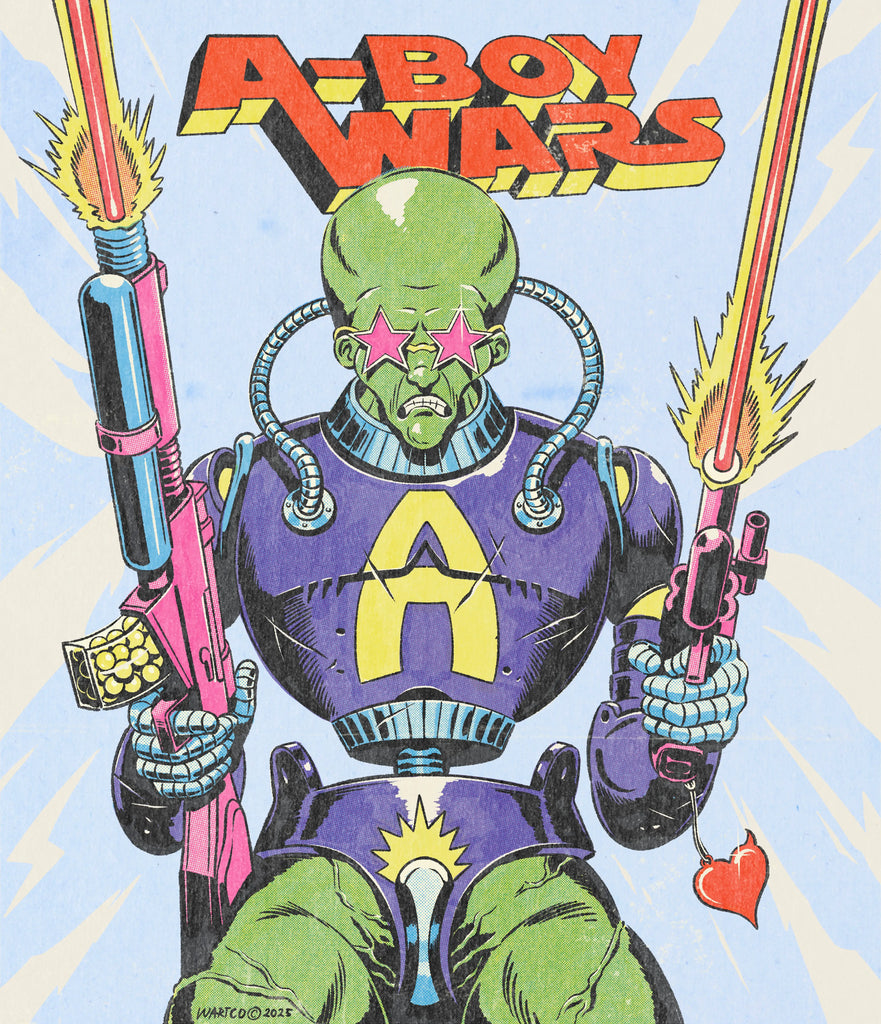
Source: 1926 Wart, Alien War, Behance, https://www.behance.net/gallery/223402395/Alien-war
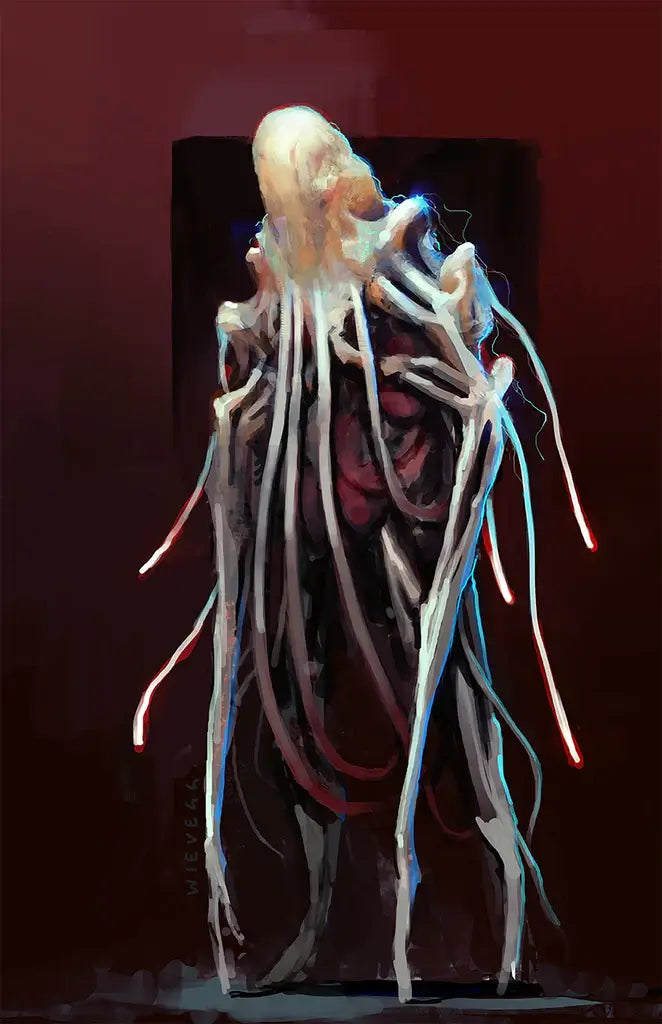
Source: Thomaswievegg, Sentient Alien Lifeform, DeviantArt, https://www.deviantart.com/thomaswievegg/art/Sentient-Alien-Lifeform-720067132
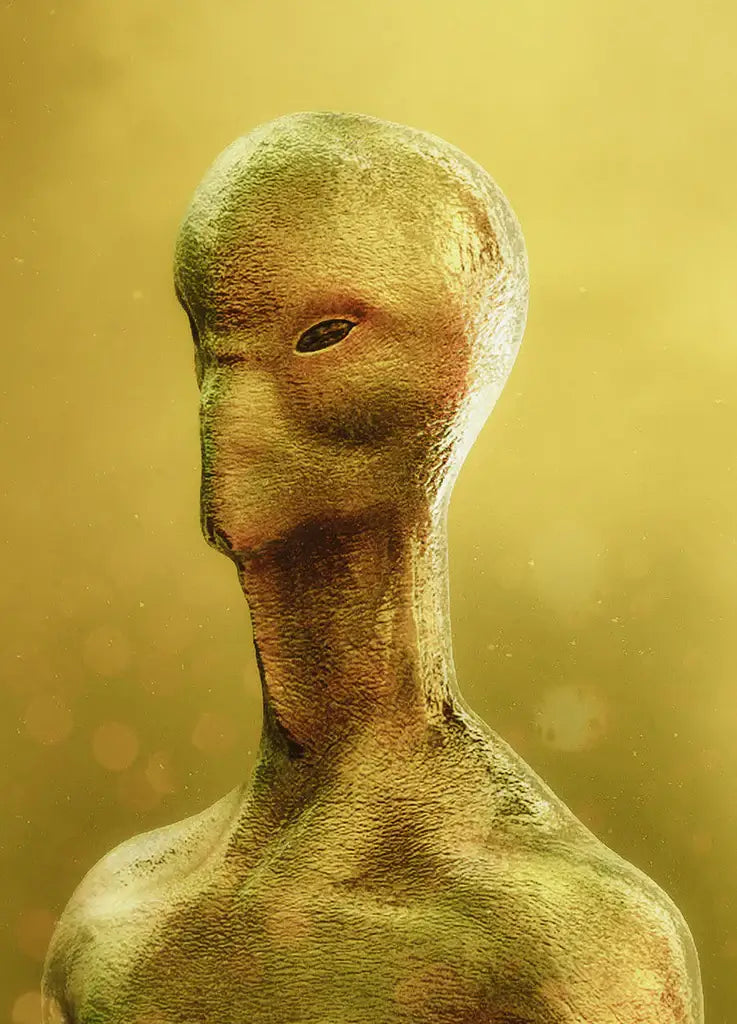
Source: Moustafahussin, Golden Alien, DeviantArt, https://www.deviantart.com/moustafahussin/art/Golden-Alien-883752639
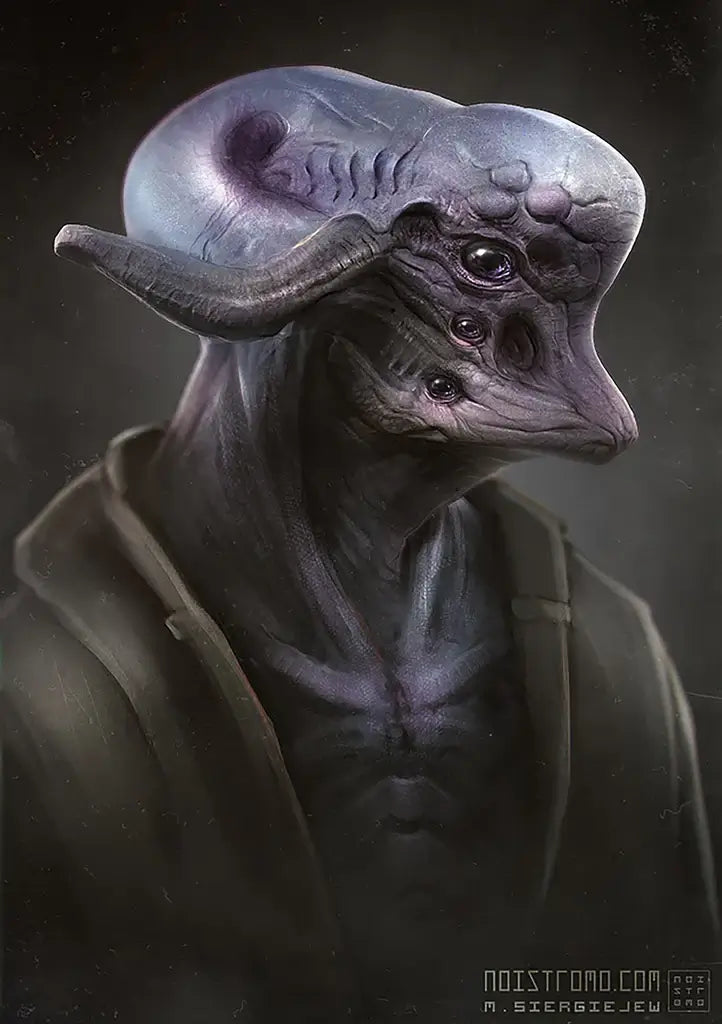
Source: Noistromo, Extraterrestial, DeviantArt, https://www.deviantart.com/noistromo/art/Extraterrestial-636429584
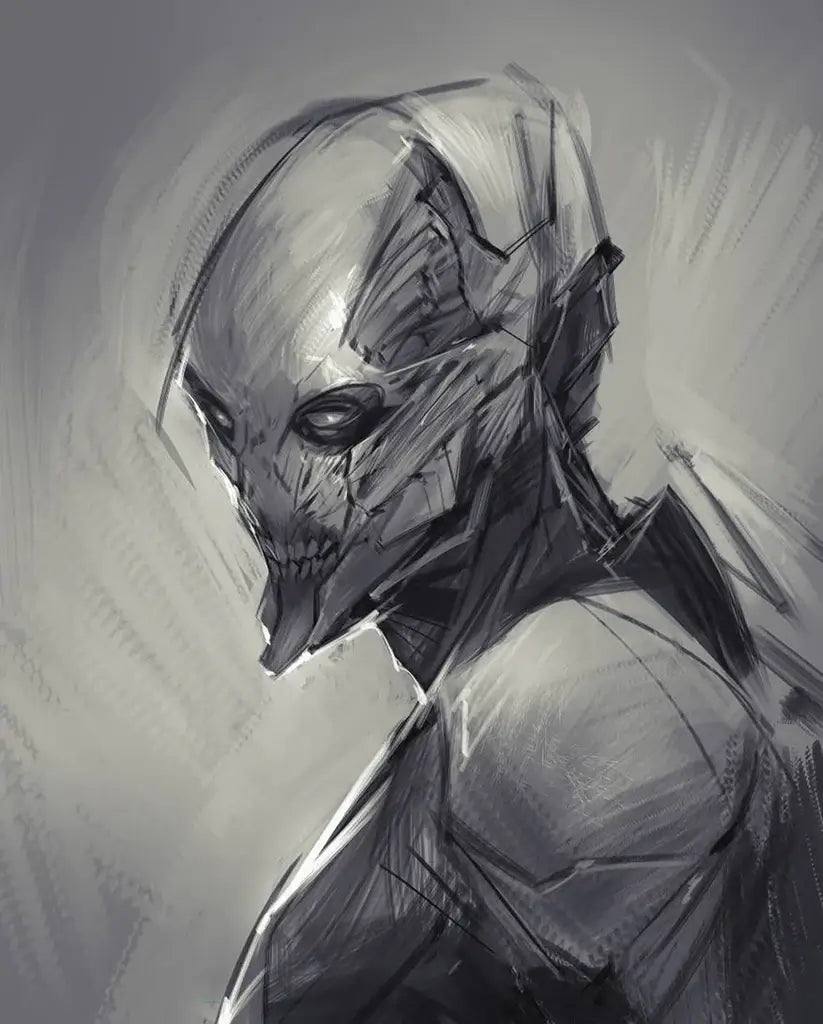
Source: Garciar, Cyborg Sketch, DeviantArt, https://www.deviantart.com/garciar/art/Cyborg-Sketch-891100352

Source: Minusdemente, Kikwee Refe, DeviantArt, https://www.deviantart.com/minusdemente/art/Kikwee-Refe-849728496
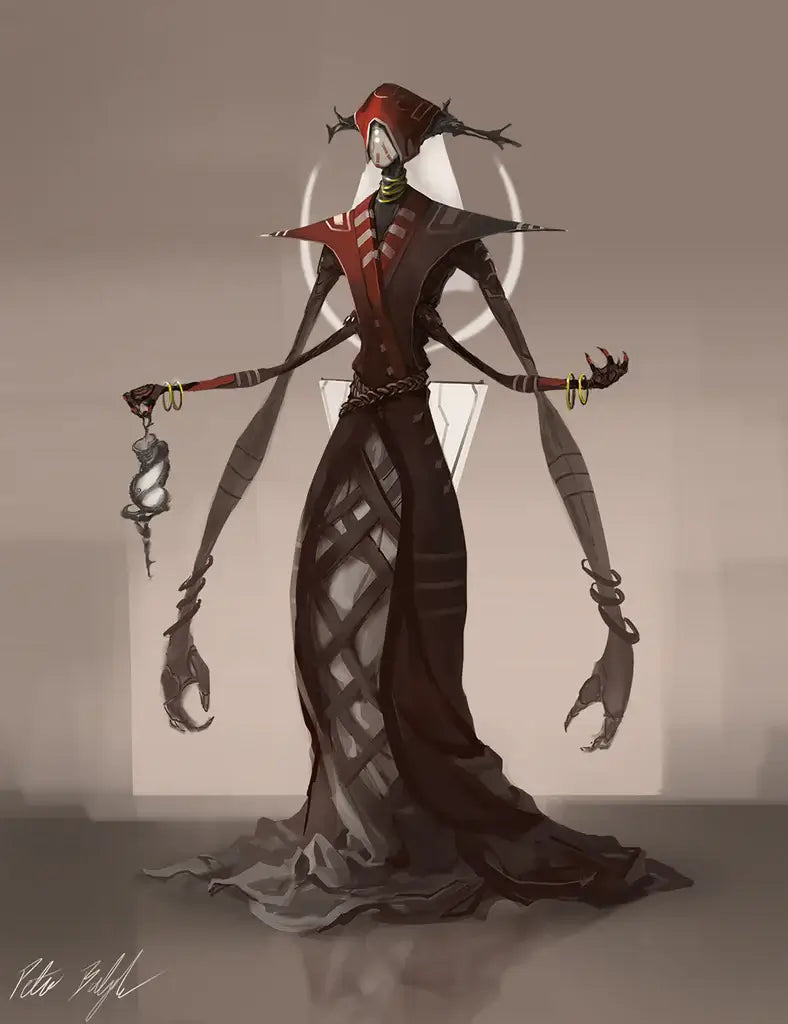
Source: Peterprime, Random Concept1, DeviantArt, https://www.deviantart.com/peterprime/art/Random-concept1-516149206

Source: Farkwhad, CDC Entry: Celestial Carnival Visitor, DeviantArt, https://www.deviantart.com/farkwhad/art/CDC-Entry-Celestial-Carnival-Visitor-831838076

Source: Rhuvenciyo, Xenomorph, DeviantArt, https://www.deviantart.com/rhuvenciyo/art/Xenomorph-819404177

Source: Milan Komlenic, Brainless, Dribbble, https://dribbble.com/shots/24292084-Brainless
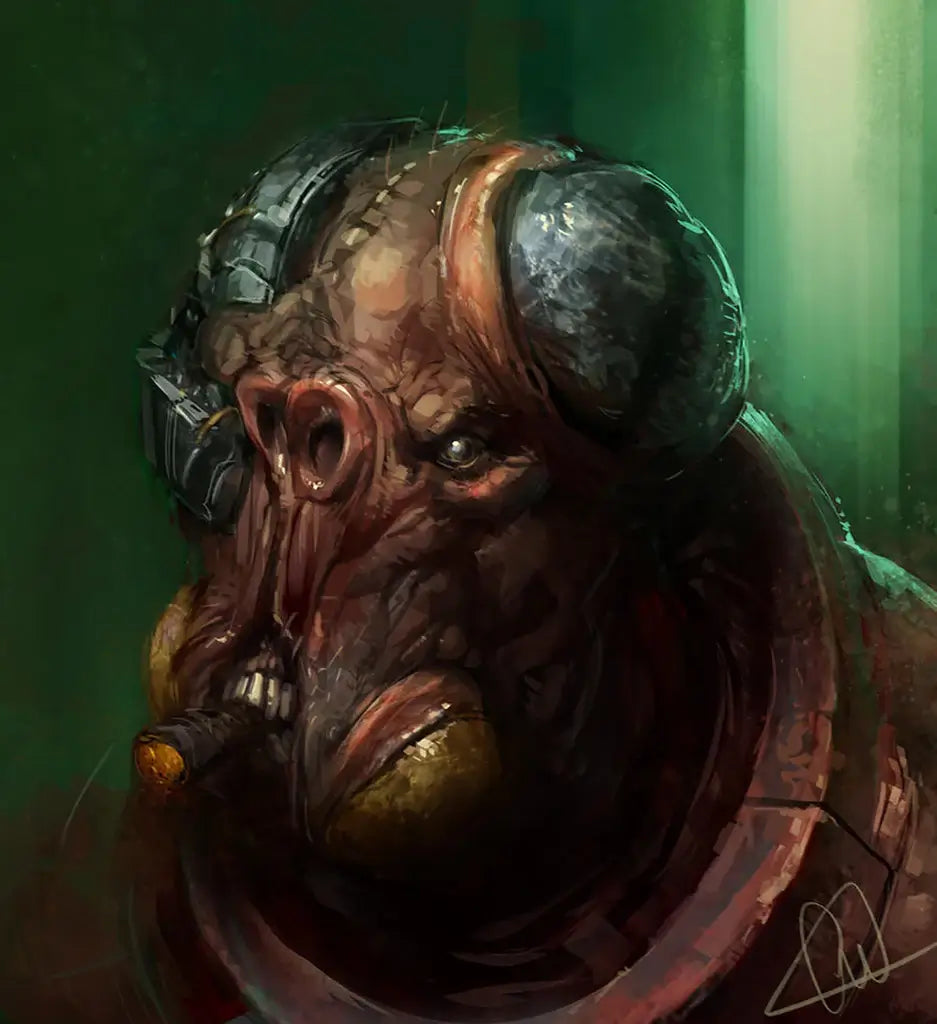
Source: Artbycarlos, Alien Face 2010, DeviantArt, https://www.deviantart.com/artbycarlos/art/Alien-Face-2010-174166157
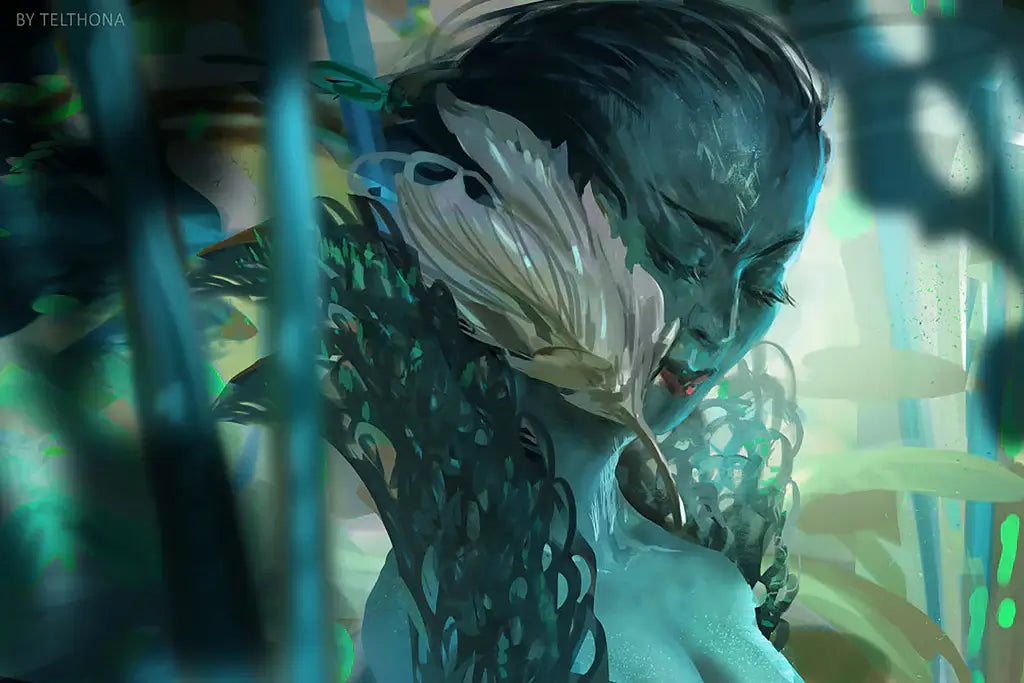
Source: Telthona, Listener, DeviantArt, https://www.deviantart.com/telthona/art/Listener-687084657

Source: Kolokas, Alien III, DeviantArt, https://www.deviantart.com/kolokas/art/Alien-III-810343094
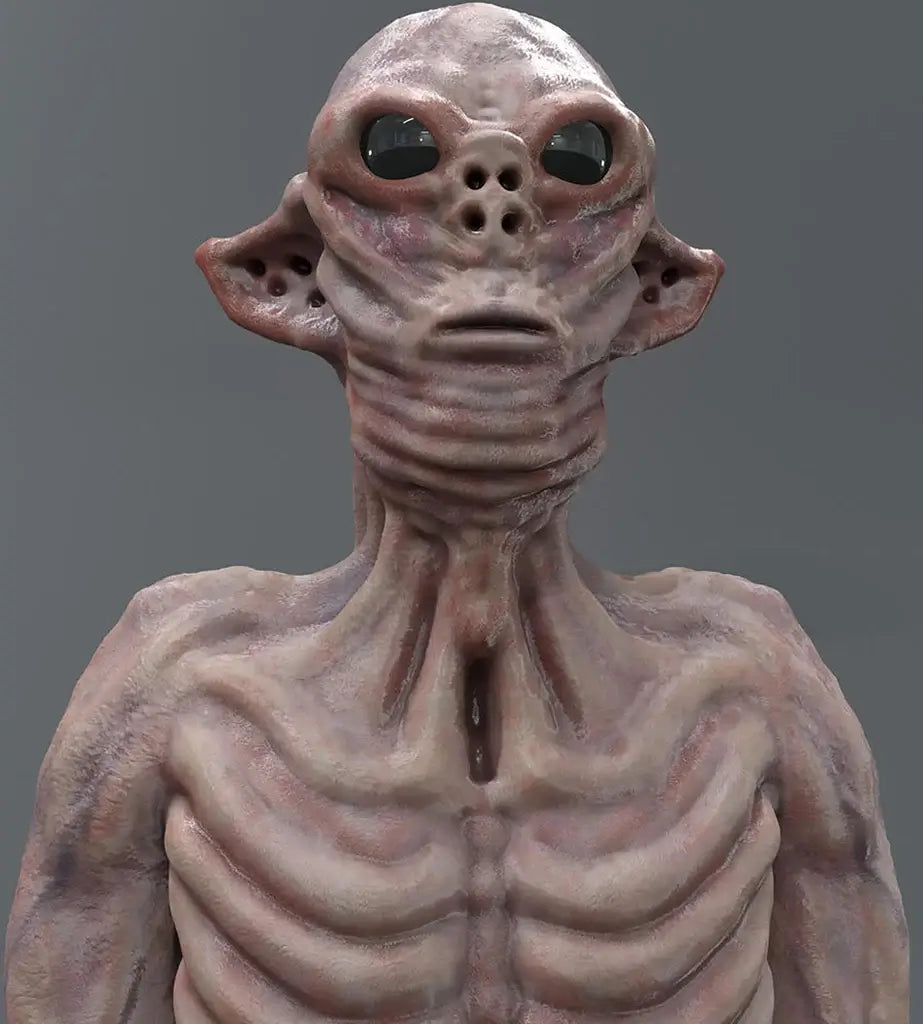
Source: Moustafahussin, Alien, DeviantArt, https://www.deviantart.com/moustafahussin/art/Alien-893457673
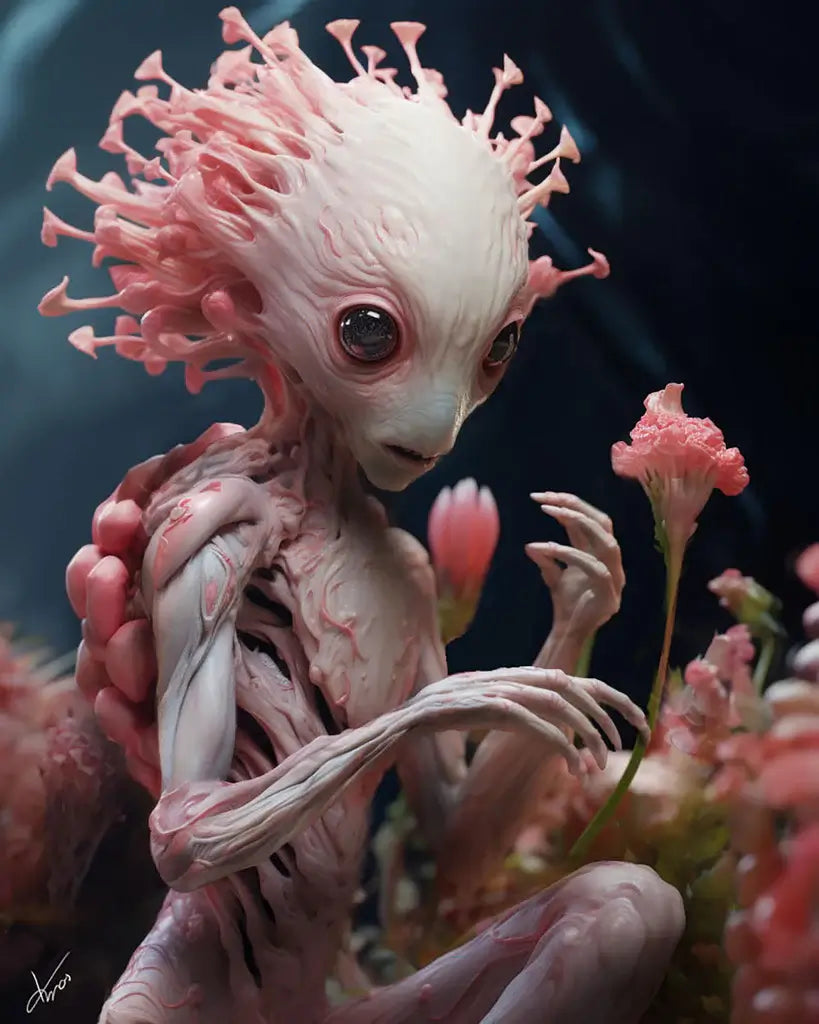
Source: Maggiekras, Cephyras From Zephyria, DeviantArt, https://www.deviantart.com/maggiekras/art/Cephyras-from-Zephyria-976478920
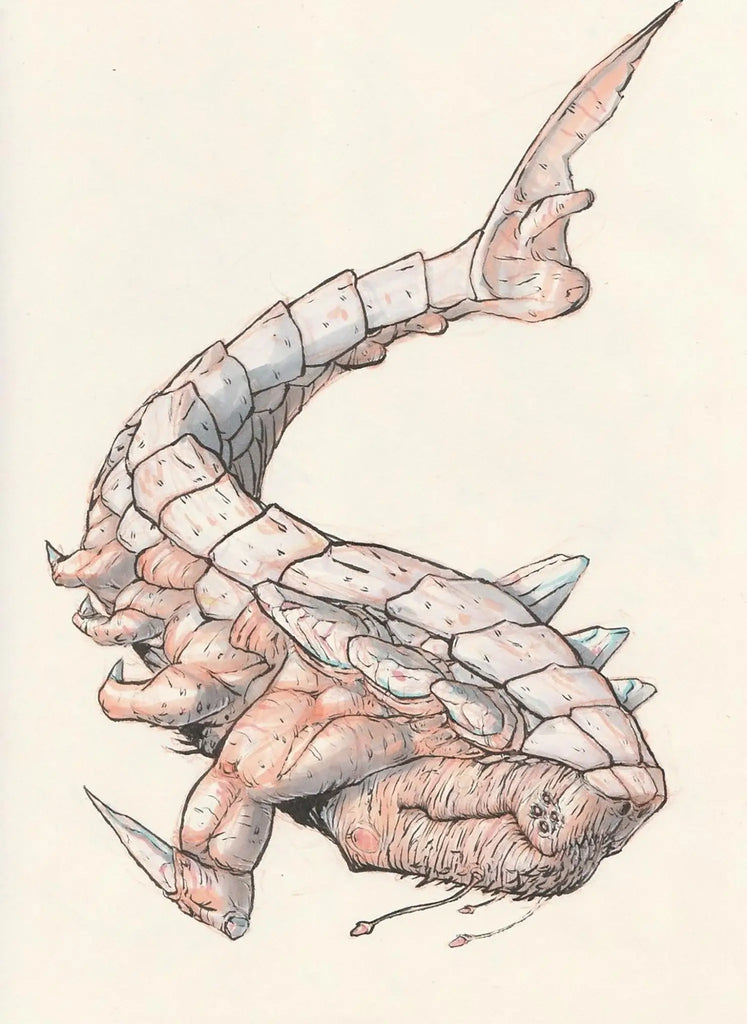
Source: Yirikus, Space Shark, DeviantArt, https://www.deviantart.com/yirikus/art/Space-shark-646413624
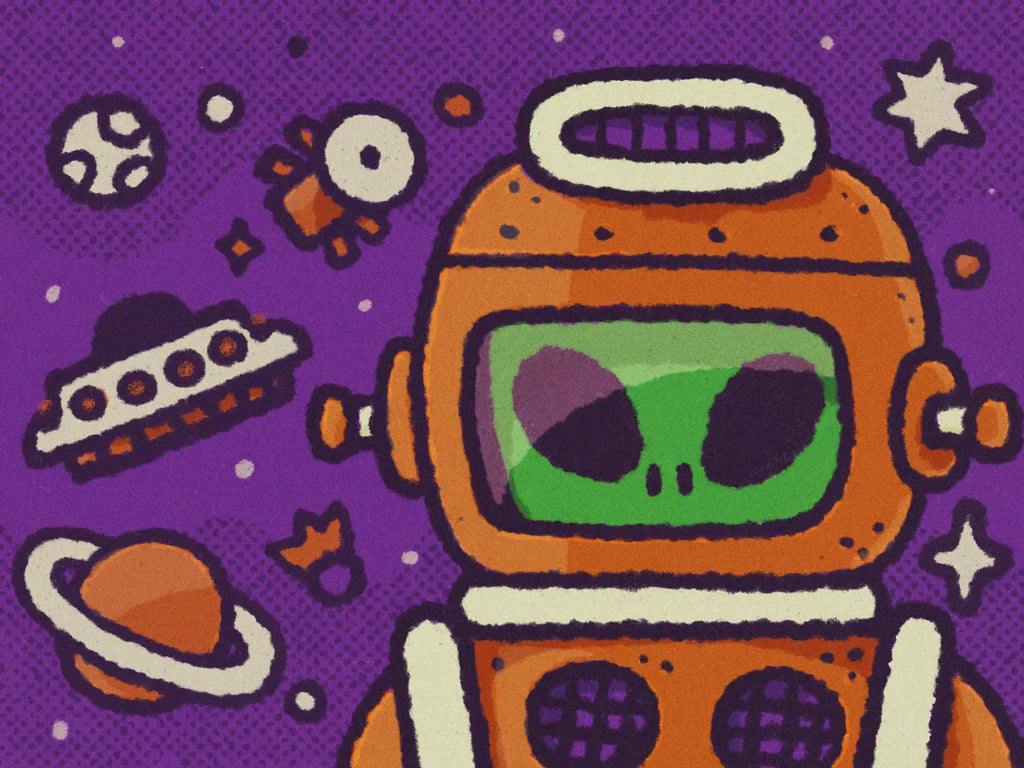
Source: Zhenya Artemjev, UFO, Dribbble, https://dribbble.com/shots/21076853-UFO

Source: Artag95, Neomorph Yautja Speed Paint, DeviantArt, https://www.deviantart.com/artag95/art/Neomorph-yautja-Speed-Paint-696432746
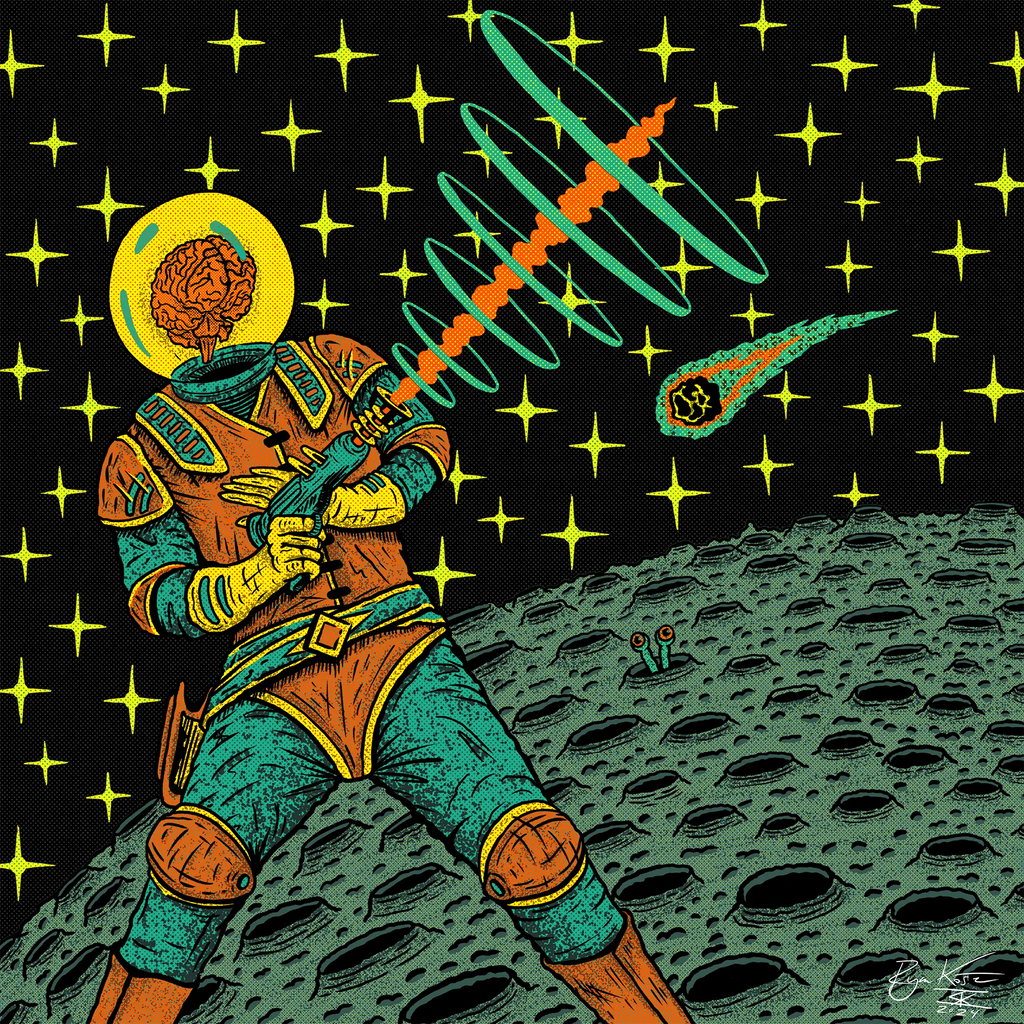
Source: Ryan Koster, Servonaut, Behance, https://www.behance.net/gallery/223847883/Servonaut
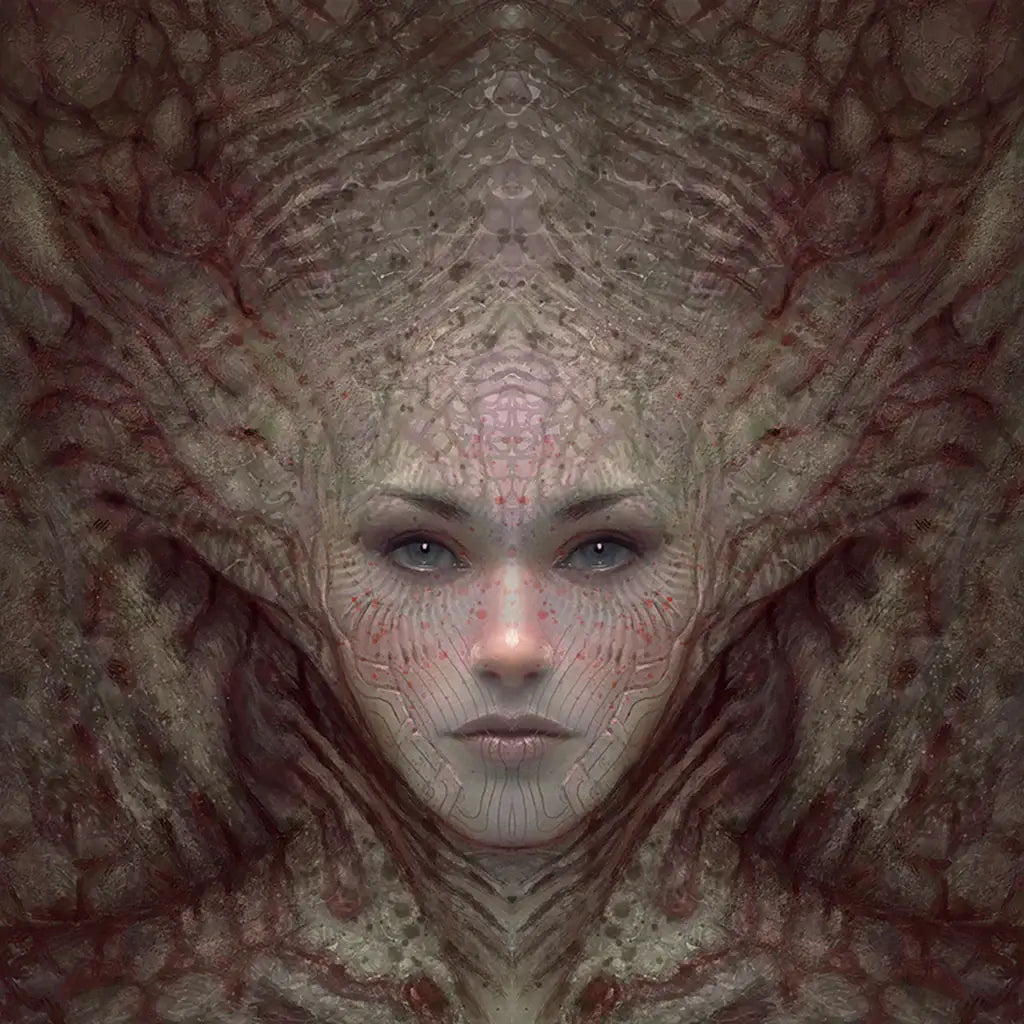
Source: Almanegra, Voidite V1, DeviantArt, https://www.deviantart.com/almanegra/art/Voidite-v1-883354290
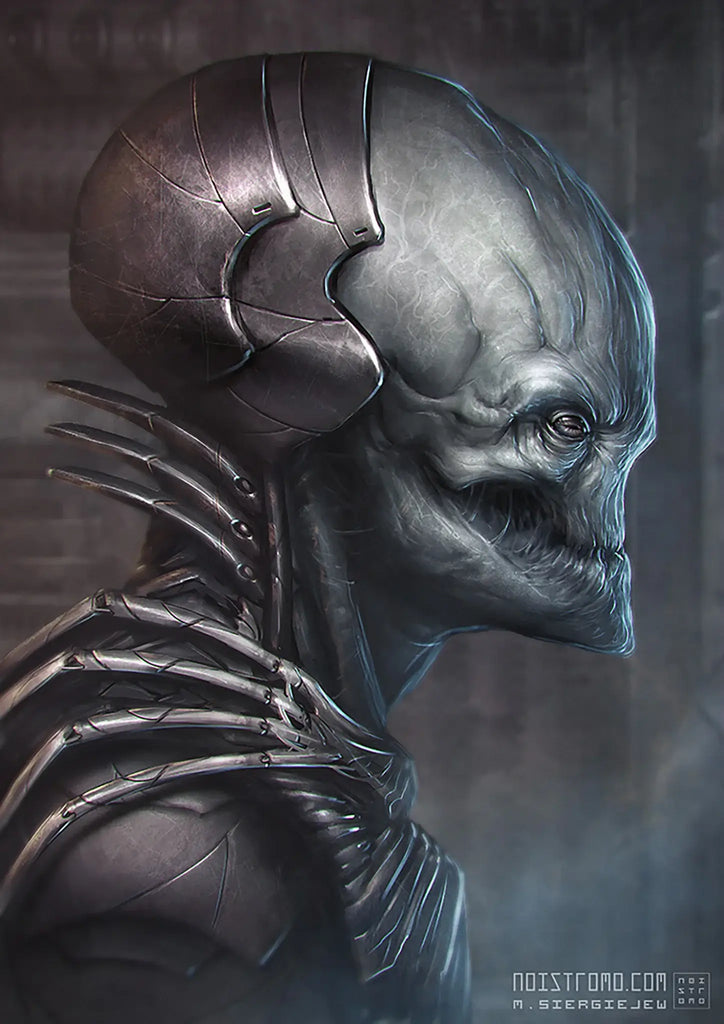
Source: Noistromo, Alien 208, DeviantArt, https://www.deviantart.com/noistromo/art/Alien-208-581401064
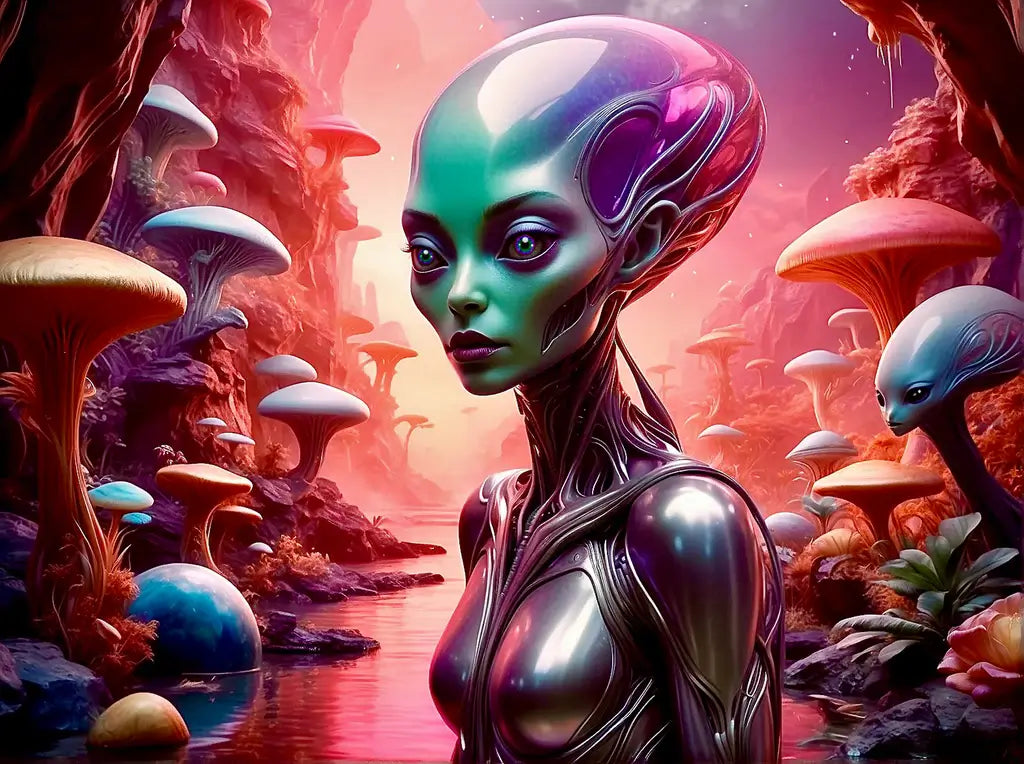
Source: Deezaster, Magical New Planet V2, DeviantArt, https://www.deviantart.com/deezaster/art/Magical-New-Planet-V2-994374469
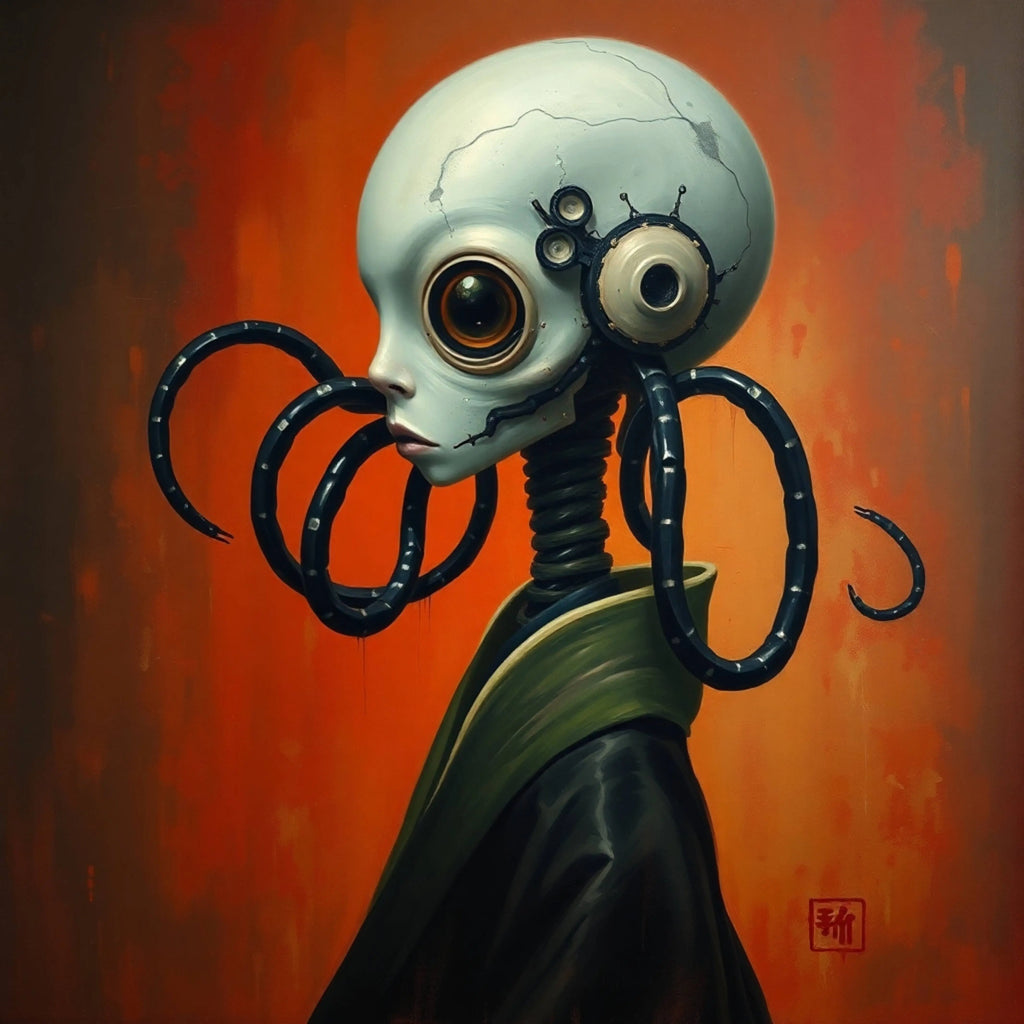
Source: Other, From a Other World, Behance, https://www.behance.net/gallery/220488569/From-a-other-World
What Techniques Are Best for Creating Alien Illustrations?
Creating alien illustrations that capture the imagination and bring the unknown to life is an art form that blends creativity with technique. Whether you're sketching out your first extraterrestrial or you're a seasoned artist looking to add some interstellar flair to your portfolio, mastering a few key techniques can propel your alien designs into new realms of creativity. Let's explore five fantastic methods to make your alien illustrations truly out of this world!
Experiment with Anatomy
When it comes to alien illustration, the anatomy doesn't have to follow earthly rules. Stretch your creativity by mixing up anatomical features in unconventional ways. Think beyond bipedal forms; consider multiple limbs, eyes in unusual places, or even bodies that defy gravity. Playing with symmetry and asymmetry can add an element of surprise and otherworldliness that captivates viewers.
Use Vibrant Colors and Textures
Aliens, being from other planets, offer a perfect excuse to experiment with bold, unusual color palettes and textures that you wouldn't normally use. Fluorescent blues, glaring greens, or unnatural skin textures like metallic or gelatinous surfaces can make your illustrations pop and feel alien. Digital tools like Adobe Photoshop or Procreate offer brushes that mimic these textures, enhancing the alien feel of your creations.
Incorporate Futuristic Elements
Infuse your illustrations with a sense of advanced technology or evolution. Elements like bio-mechanical enhancements, glowing accents, or ethereal glows not only make your aliens look cool but also suggest a backstory of advanced alien civilizations. These details can create a narrative depth that engages viewers and sparks their imagination about the alien's origin and culture.
Play with Scale and Perspective
Alien illustrations can become more dynamic through dramatic uses of scale and perspective. Imagine an alien that towers over landscapes or one that's minuscule but detailed. Use a fish-eye lens effect or a distorted perspective to make the scene more immersive and give a sense of otherworldly presence. This technique helps in emphasizing the alien’s unfamiliarity compared to the human world.
Blend Organic and Geometric Shapes
To give your aliens a look that’s both organic and intelligent, blend smooth, natural forms with harsh geometric shapes. This juxtaposition can symbolize the union of nature and technology, often a hallmark of sci-fi and alien imagery. It can make your designs stand out by providing visual interest and a hint of the alien's environment or technological advancements.
As you embark on your alien illustration adventures, remember that the most effective technique is your imagination. Let it run wild across the cosmos! Each alien you create is an opportunity to explore new artistic territories, so don't shy away from the strange or the unknown.
What Colors Work Best for Alien Illustrations?
When it comes to illustrating the unknown entities from outer space, choosing the right colors can be as crucial as the design itself. Colors not only convey the mood but also add depth and realism—or surrealism—to your alien illustrations. Here are five colorful tips to help your extraterrestrial beings stand out in the universe of digital art with a palette that's as limitless as your imagination!
Neon and Glow
Nothing screams "alien" like the ethereal glow of neon colors. Bright greens, electric blues, and radiant purples can give your creatures an otherworldly appearance. These colors can be especially effective for highlighting alien technology or bioluminescent features. Using a glow effect on edges or in the alien’s eyes can make your illustration come alive, suggesting a creature with its own internal light source, hinting at their strange, cosmic origins.
Metallic Shades
Silver, bronze, and iridescent colors can add a futuristic touch to your alien designs. These colors suggest advanced technologies and durable exteriors, perhaps as a form of evolutionary adaptation to harsh environments on distant planets. Incorporating metallic shades into skin textures or armor can make your aliens appear both robust and enigmatic.
Unnatural Skin Tones
Step away from the traditional flesh tones of earthly creatures and experiment with unconventional skin colors. Think about pastels for a soft, mysterious look or harsh reds and oranges for a more aggressive alien creature. These colors can set your aliens apart from typical Earth-bound characters and emphasize their otherworldly nature.
Contrast with Dark Backgrounds
Using vibrant colors against dark backgrounds can make your alien illustrations pop. This technique not only draws the viewer’s eye directly to the alien but also adds a dramatic flair that enhances the mystery and intrigue of the unknown. Dark blues, deep purples, and blacks can create a vast, cold space atmosphere, making the colors of your alien stand out even more.
Harmonious Color Schemes
While it's tempting to use a broad spectrum of colors, choosing a harmonious palette can help your design feel cohesive and balanced. Analogous colors (colors that are next to each other on the color wheel) such as blues and greens or oranges and reds can create a pleasing aesthetic that is easy on the eyes but still distinctly alien.
As you delve into the realm of alien illustration, remember that the best color choices are those that enhance the storytelling of your artwork. Whether you aim to evoke mystery, danger, friendliness, or intelligence, the colors you choose play a pivotal role in how your creatures are perceived. So, wield your digital paintbrush with boldness and creativity, and let your color choices transport viewers to a world beyond our own!
Are There Specific Styles in Alien Illustration?
Alien illustration is not just an art form; it's a portal to the infinite possibilities of the cosmos. Within this genre, artists can explore a wide array of styles that not only stretch the imagination but also challenge the boundaries of traditional design. Here are five distinct styles that are popular in the world of alien illustrations, each bringing its own unique flavor to depictions of extraterrestrial beings.
Biomechanical Style
Merging the organic with the mechanical, this style draws heavily from both natural forms and industrial elements. Inspired by the works of artists like H.R. Giger, whose design for the creature in "Alien" became iconic, this style features intricate, bone-like structures intertwined with pipes and wires, creating a chilling vision of life forms enhanced or invaded by technology. It’s perfect for conveying a sense of advanced, yet possibly sinister alien civilizations.
Cartoonish and Whimsical Style
At the opposite end of the spectrum, some alien illustrations adopt a light-hearted, cartoonish approach. These depictions often feature exaggerated features—big eyes, elongated limbs, or comically small bodies—that make them endearing to audiences of all ages. This style is excellent for more family-friendly projects or media that aim to present aliens as friendly visitors rather than fearsome invaders.
Surreal and Abstract Style
For those who like to push the boundaries of perception, surreal and abstract styles offer a way to depict aliens as truly unknowable and otherworldly entities. This style often utilizes unusual compositions, distorted forms, and dream-like sequences that can make aliens feel like they are part of a universe with very different laws of physics and reality.
Hyper-Realistic Style
Thanks to advancements in digital painting and 3D modeling, some artists create alien illustrations that are so detailed and realistic they could be mistaken for photographs. This style often focuses on fine details like the texture of the skin, reflective eyes, and anatomically plausible features that could feasibly exist, according to scientific speculation. It’s a style that appeals to fans of science fiction who appreciate a more serious and scientifically plausible approach to alien life.
Retro-Futurism Style
Drawing inspiration from the science fiction of the 50s and 60s, this style combines the old-school charm of early sci-fi with modern artistic techniques. Think of classic flying saucers, ray guns, and shiny, simplistic body suits. It’s a nostalgic style that evokes the excitement and optimism of early space exploration dreams.
Each of these styles offers a different lens through which to explore the concept of alien life. Dive into any of these styles to convey your unique interpretation of extraterrestrial beings and continue the age-old tradition of wondering, "What if we're not alone?”
What Are the Different Types of Alien Illustrations?
Alien illustrations stretch as wide as the universe itself, offering an infinite playground for artists to explore their creativity. Whether you're looking to create the next iconic extraterrestrial or simply want to dabble in new artistic territories, understanding the different types of alien illustrations can help guide your digital paintbrush. Here are five fun and fabulous types of alien illustrations to inspire your next out-of-this-world project!
Classic Sci-Fi Aliens
These are the types you might see in old-school science fiction movies and books—think little green men with oversized heads and big, black eyes. Classic sci-fi aliens are often humanoid, making them relatable yet sufficiently strange to tickle our extraterrestrial fancy. They are great for invoking a sense of nostalgia and can be a blast to create, especially if you throw in a retro-futuristic twist!
Horror-Inspired Aliens
For those who like to add a bit of thrill to their artwork, horror-inspired aliens are the way to go. These creatures are often menacing with sharp teeth, dripping fangs, and eerie, unsettling features designed to instill fear. They're perfect for darker, more intense scenes or narratives, bringing a sense of danger and the unknown to your illustrations.
Fantastical and Mythical Aliens
Draw inspiration from the realms of fantasy and mythology by creating aliens that resemble magical creatures. Think of dragons, fairies, or mythical beasts with a cosmic twist—aliens that wield magical powers or possess elements like ethereal wings or glowing auras. These types of illustrations allow you to play with vibrant colors and imaginative backgrounds, crafting a universe where magic and science coexist.
Robotic and Mecha Aliens
For a more technological vibe, robotic and mecha aliens incorporate elements of advanced machinery and artificial intelligence. These aliens might be entirely mechanical or cyborgs with part-organic, part-machine bodies. This style is ideal for futuristic themes and can be used to explore concepts of technology in alien evolution.
Surreal and Abstract Aliens
If you prefer to leave more to the imagination, surreal and abstract alien illustrations are your canvas. These aren't bound by the usual rules of biology or physics and can be as bizarre and indescribable as you wish. Use amorphous shapes, unusual textures, and a mix of gradients to represent aliens that could not possibly exist in the physical world as we understand it. This type of illustration is perfect for evoking a sense of wonder and mystery.
Each type of alien illustration offers a unique way to engage with the concept of life beyond Earth, and choosing your style can depend on the message or emotion you wish to convey. Your alien illustrations are sure to dazzle and delight audiences of all ages. The universe is your oyster, and every star a chance to discover something new!
How Do I Find Inspiration for Alien Illustrations?
Venturing into the vast and vivid universe of alien illustration can be as exhilarating as it is challenging. Where does one even begin to look for inspiration to design creatures from worlds beyond our own? Fear not, intrepid artist! Here are five stellar sources of inspiration that will have your creativity blasting off to new planets and beyond!
Nature on Earth
Believe it or not, our own planet is teeming with alien-like creatures just waiting to inspire your next design. From the depths of the ocean to the microscopic world, Earth hosts an array of life forms with bizarre features that can fuel your imagination. Study the structure of octopi tentacles, the vibrant patterns of tropical fish, or the peculiar forms of fungi and plants. These earthly beings can provide a base for imagining how life might evolve under different planetary conditions.
Science Fiction Media
There’s a whole galaxy of films, books, and TV shows dedicated to exploring life on other planets. Classics like Star Trek, Star Wars, and Doctor Who, or newer entries like Arrival and Guardians of the Galaxy, offer a plethora of ideas about alien aesthetics, behavior, and technology. Notice how different artists and filmmakers envision alien morphology and social structures; these can be great starting points for your own illustrations.
Astrophysics and Exoplanetary Science
For a more scientific approach, delve into the latest research in astrophysics and exoplanetary science. Understanding what scientists speculate about environments on other planets can inspire realistic and scientifically plausible alien designs. For instance, a planet closer to its sun than Earth might harbor life forms adapted to extreme heat and light, possibly with reflective or heat-resistant surfaces.
Art History and Cultural Artifacts
Look to the past for inspiration from various cultures and historical periods. Ancient mythologies, religious texts, and folklore are rich with descriptions of fantastical creatures—many of which can be reimagined as aliens. Egyptian gods, Native American spirits, and creatures from Aboriginal folklore can inspire unique alien characters that resonate with mythical significance.
Digital Art Platforms
Platforms like DeviantArt, ArtStation, and Instagram are treasure troves of creative ideas, where artists from around the world showcase their work. Not only can you see a wide range of alien concepts, but interacting with other artists can provide new insights and inspiration. Follow hashtags related to alien art, sci-fi illustrations, and concept art to keep your feed filled with fresh ideas.
Remember, finding inspiration for alien illustrations is about letting your imagination roam free across the cosmos. Mix and match elements from different sources, experiment with concepts, and don’t be afraid to create something completely off-the-wall. After all, the universe is a big place, and your alien illustration could be the next big thing to populate a little corner of it. Keep pushing the boundaries of your creativity, and you'll find that the possibilities are as endless as space itself!
Conclusion
Exploring the realm of alien illustration offers boundless opportunities for creativity and innovation. These creations allow artists to experiment with unique features and otherworldly environments, pushing the boundaries of traditional design. Embracing these diverse types can enhance your portfolio and engage audiences with captivating visuals of imagined life beyond our world. As you venture into your artistic project, let the infinite possibilities of alien illustration inspire you to push the boundaries of both creativity and imagination.
Let Us Know What You Think!
Every information you read here are written and curated by Kreafolk's team, carefully pieced together with our creative community in mind. Did you enjoy our contents? Leave a comment below and share your thoughts. Cheers to more creative articles and inspirations!















Leave a Comment